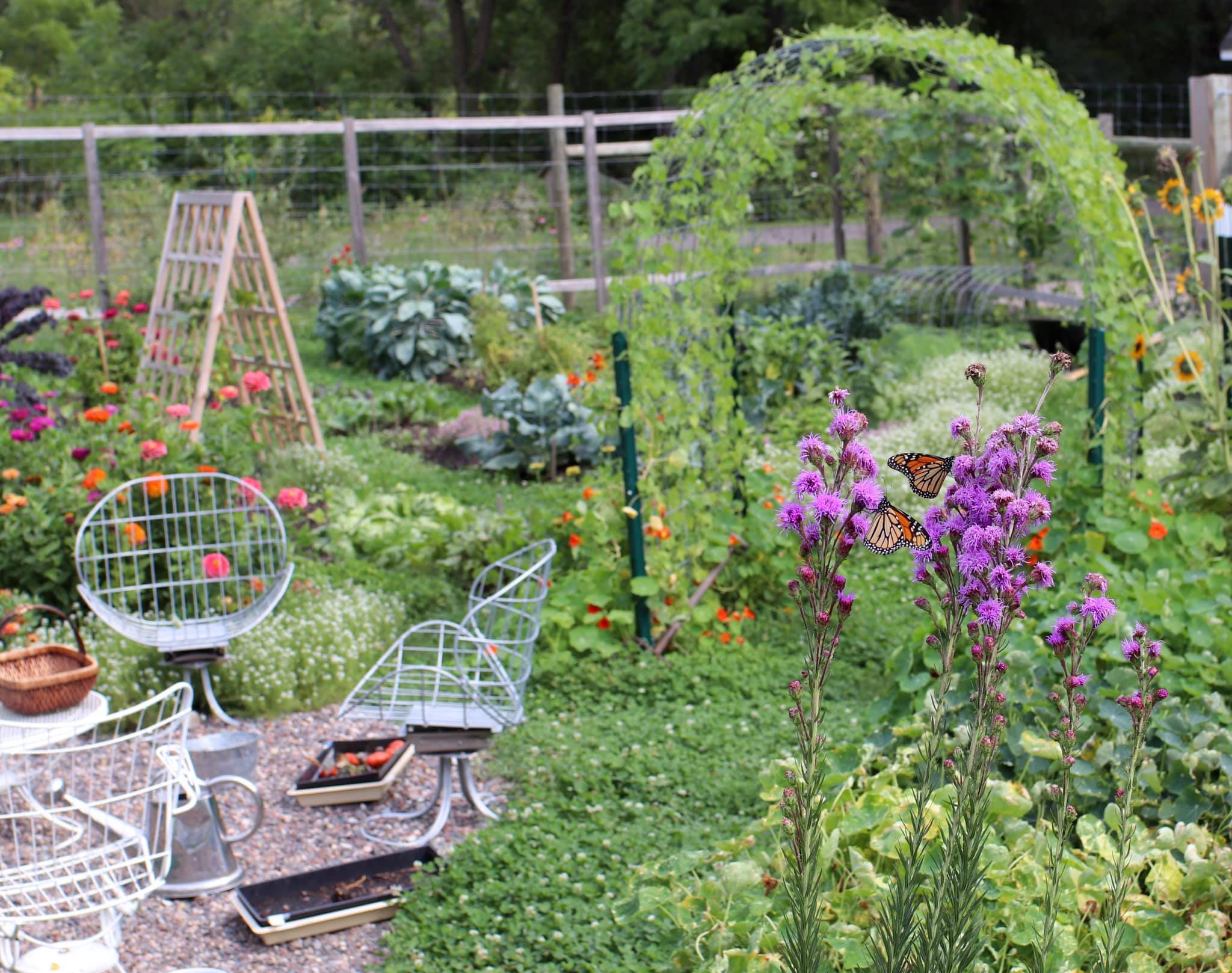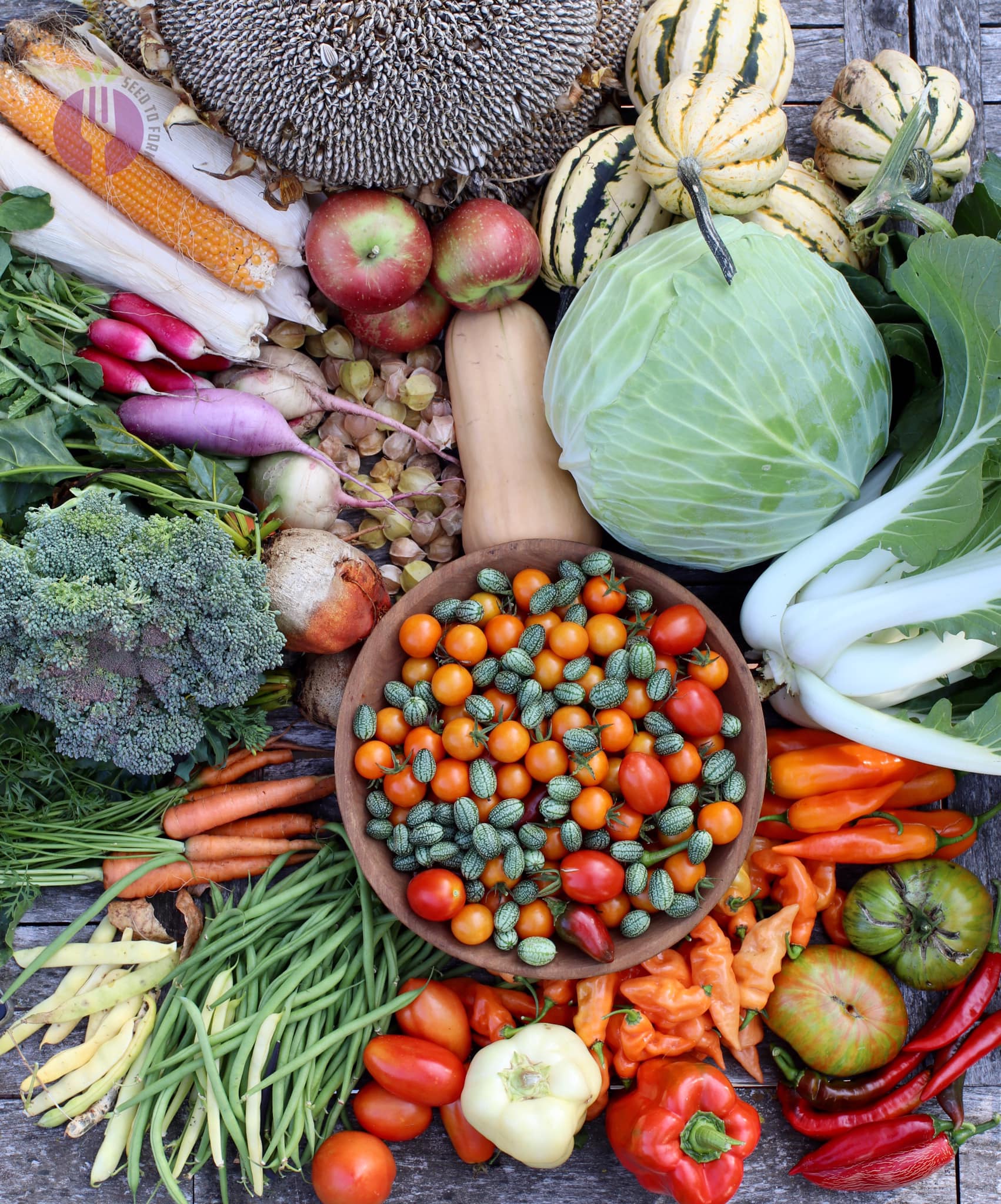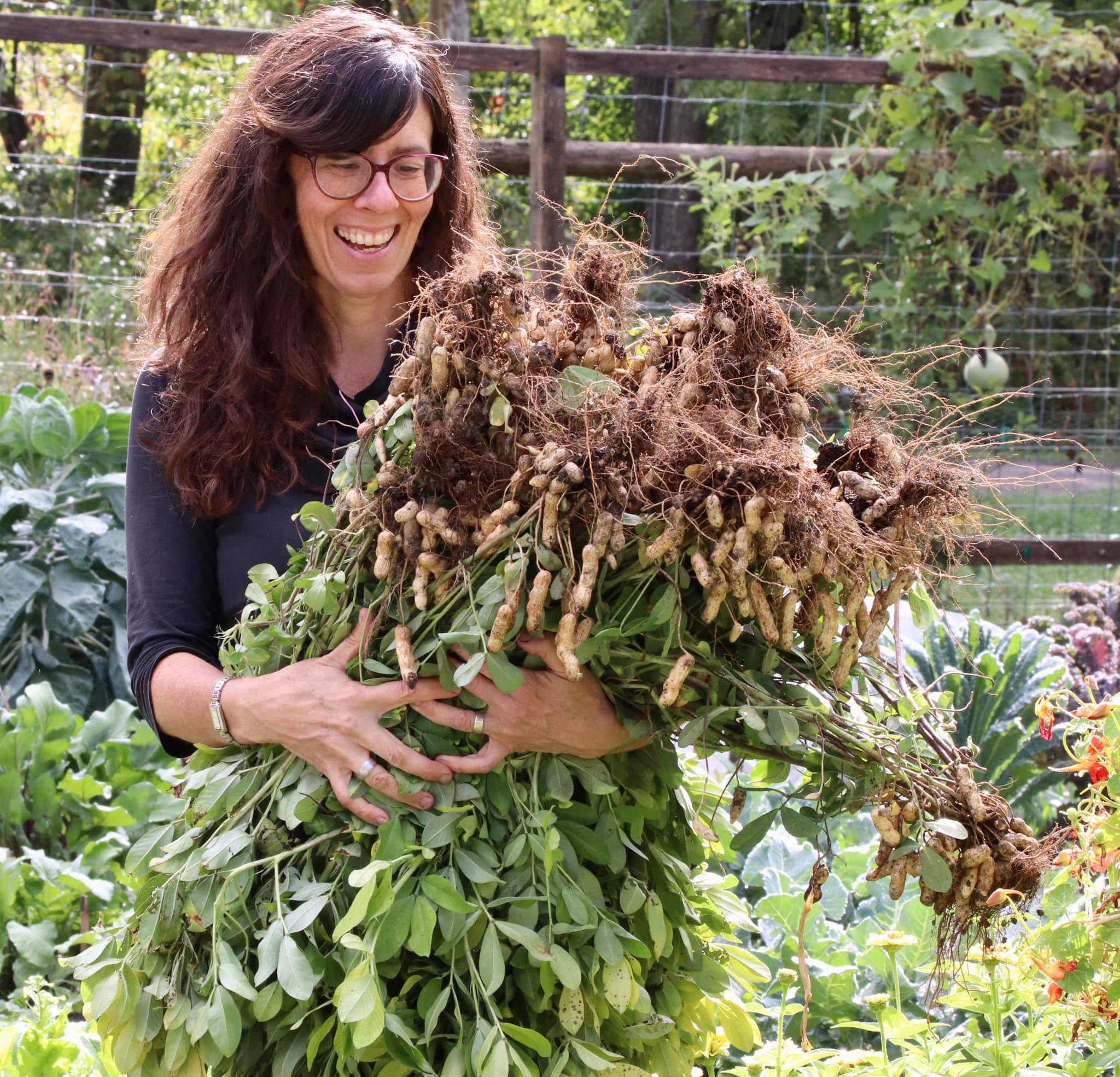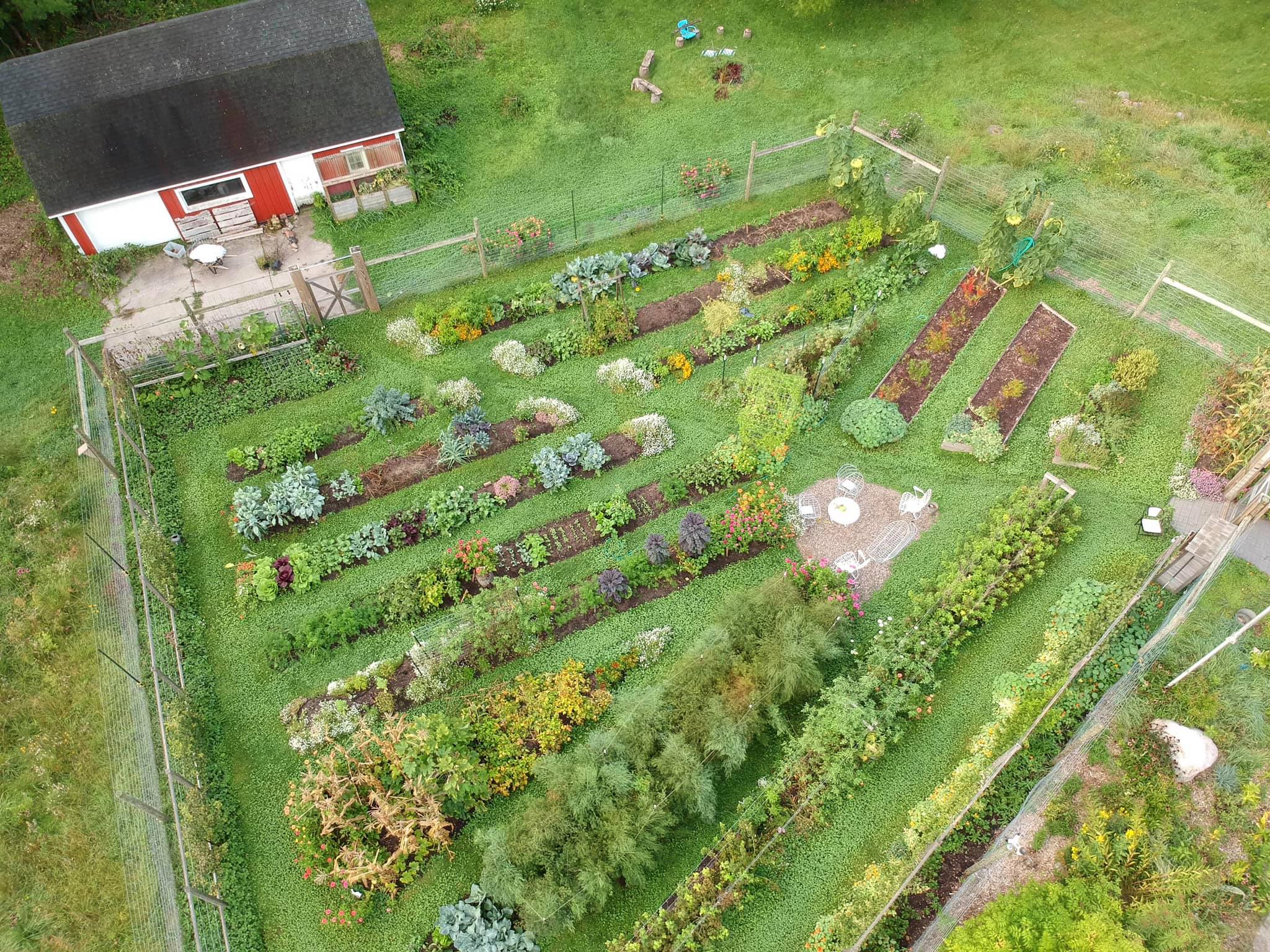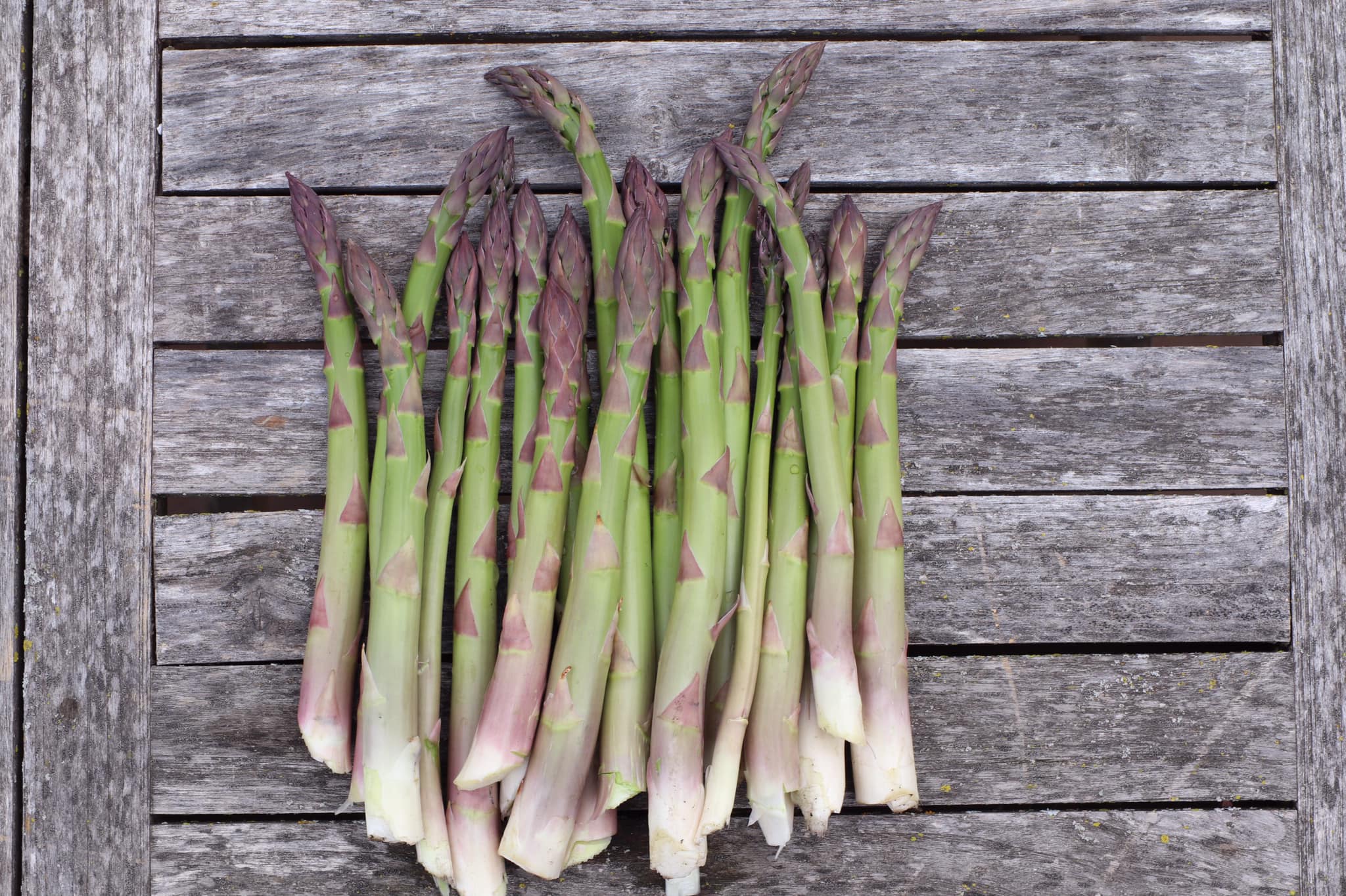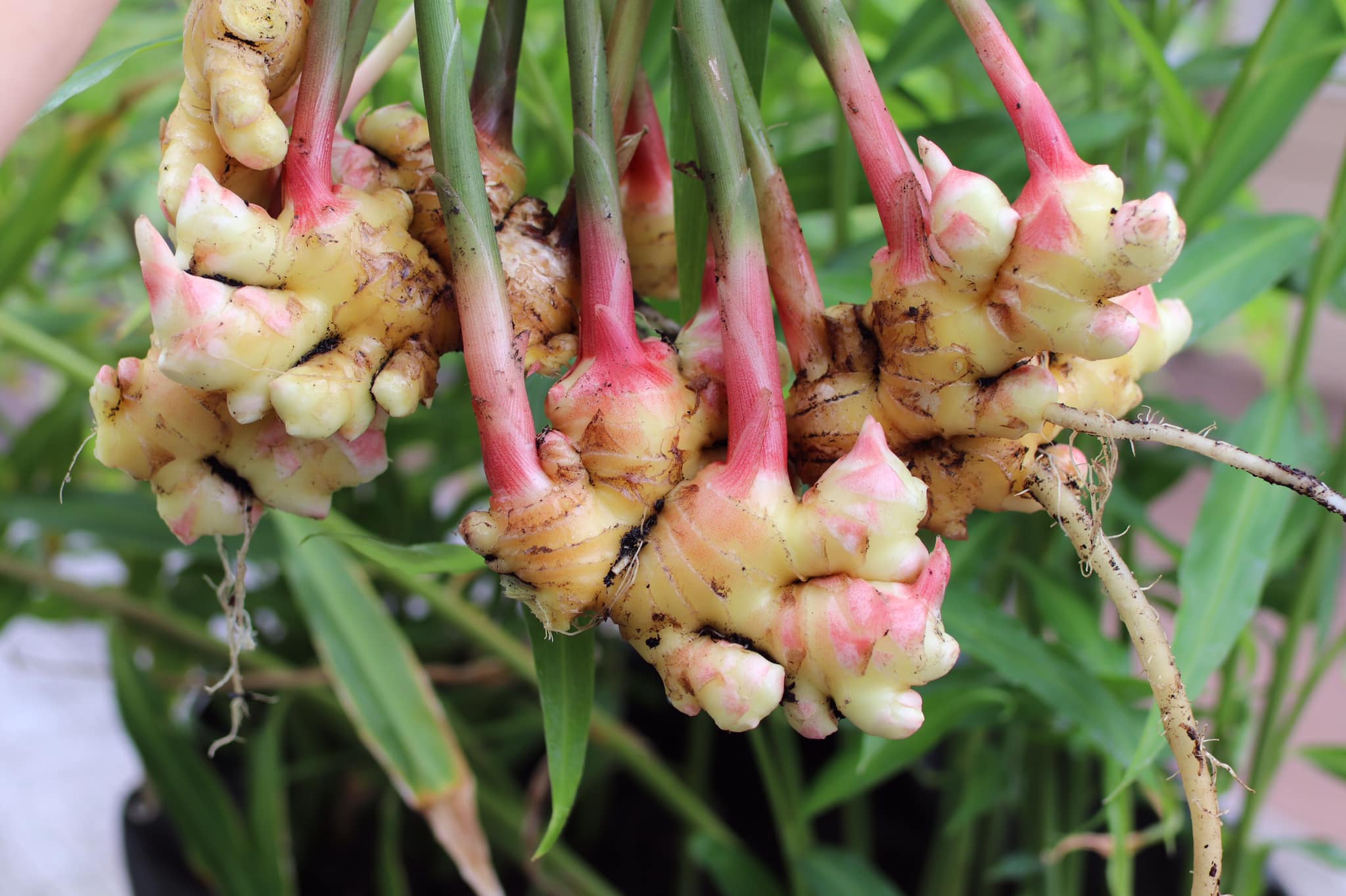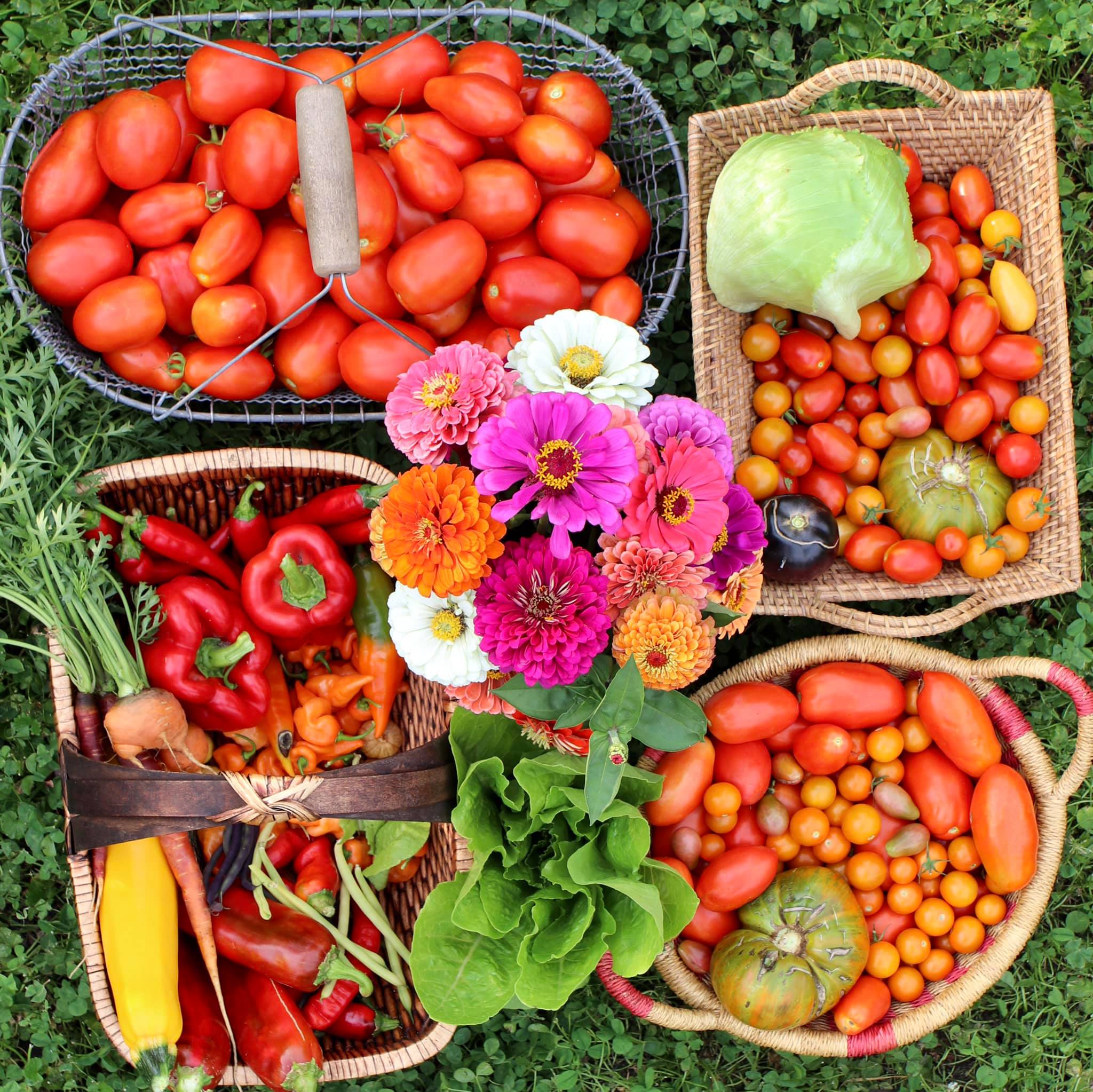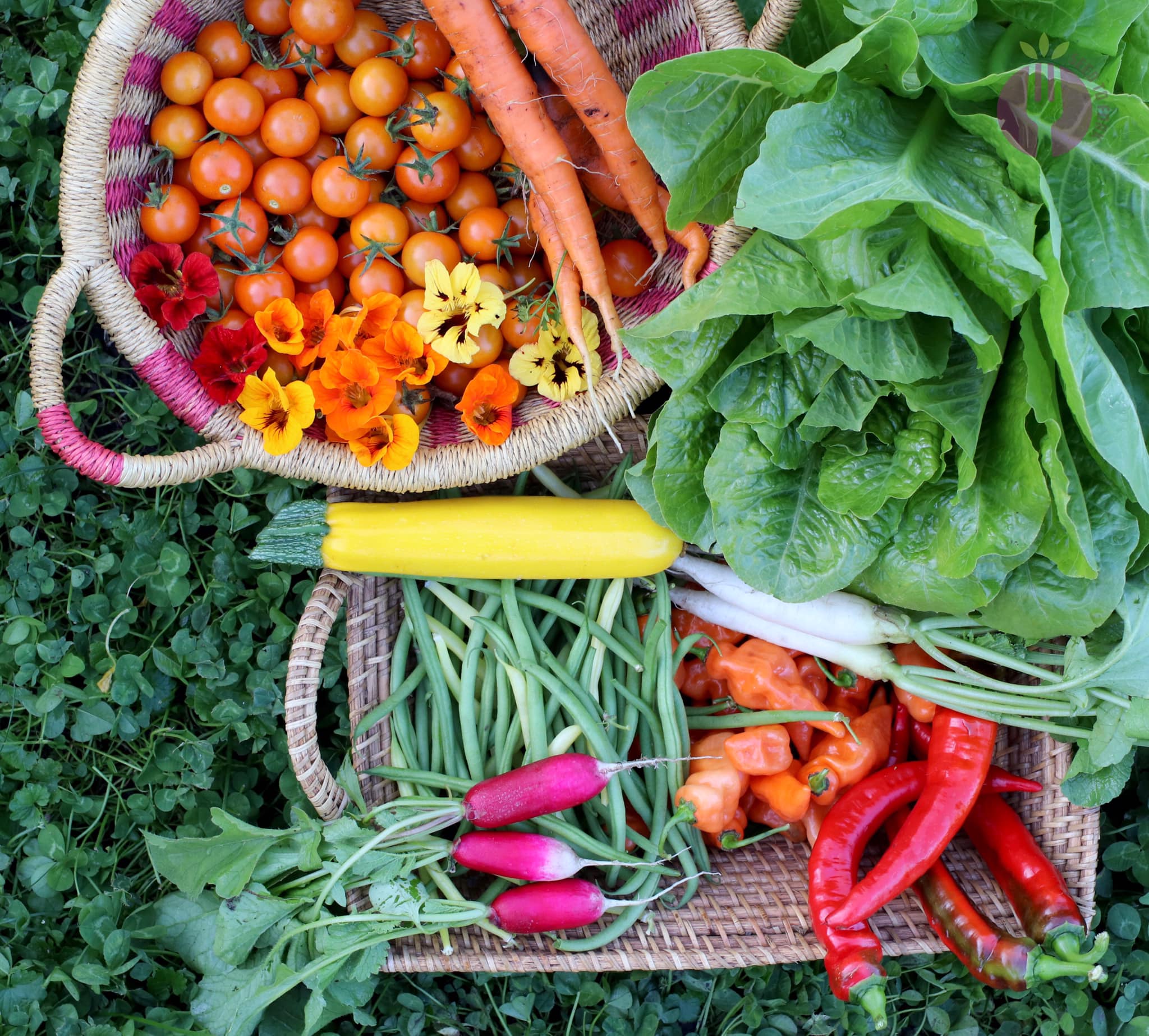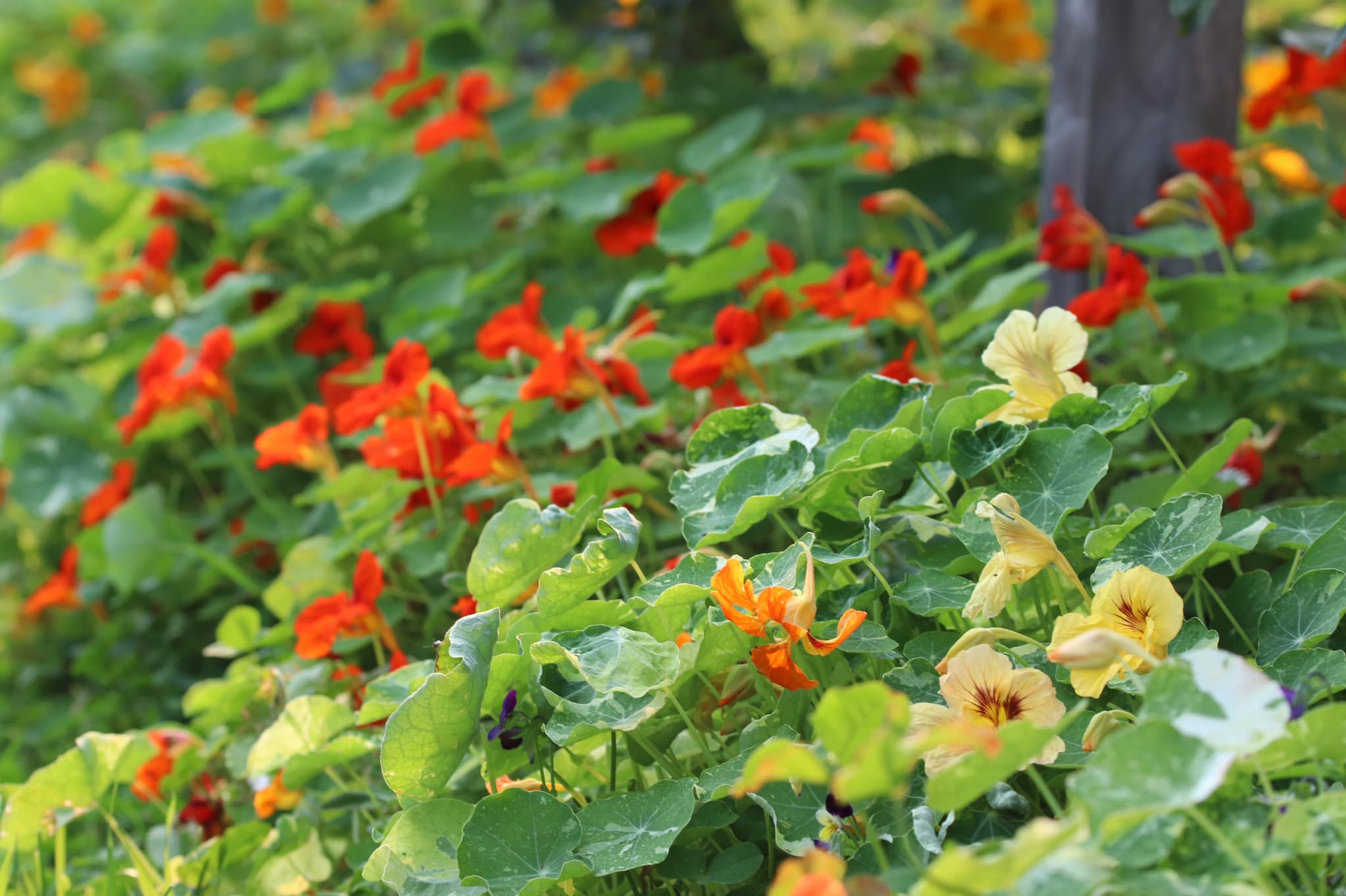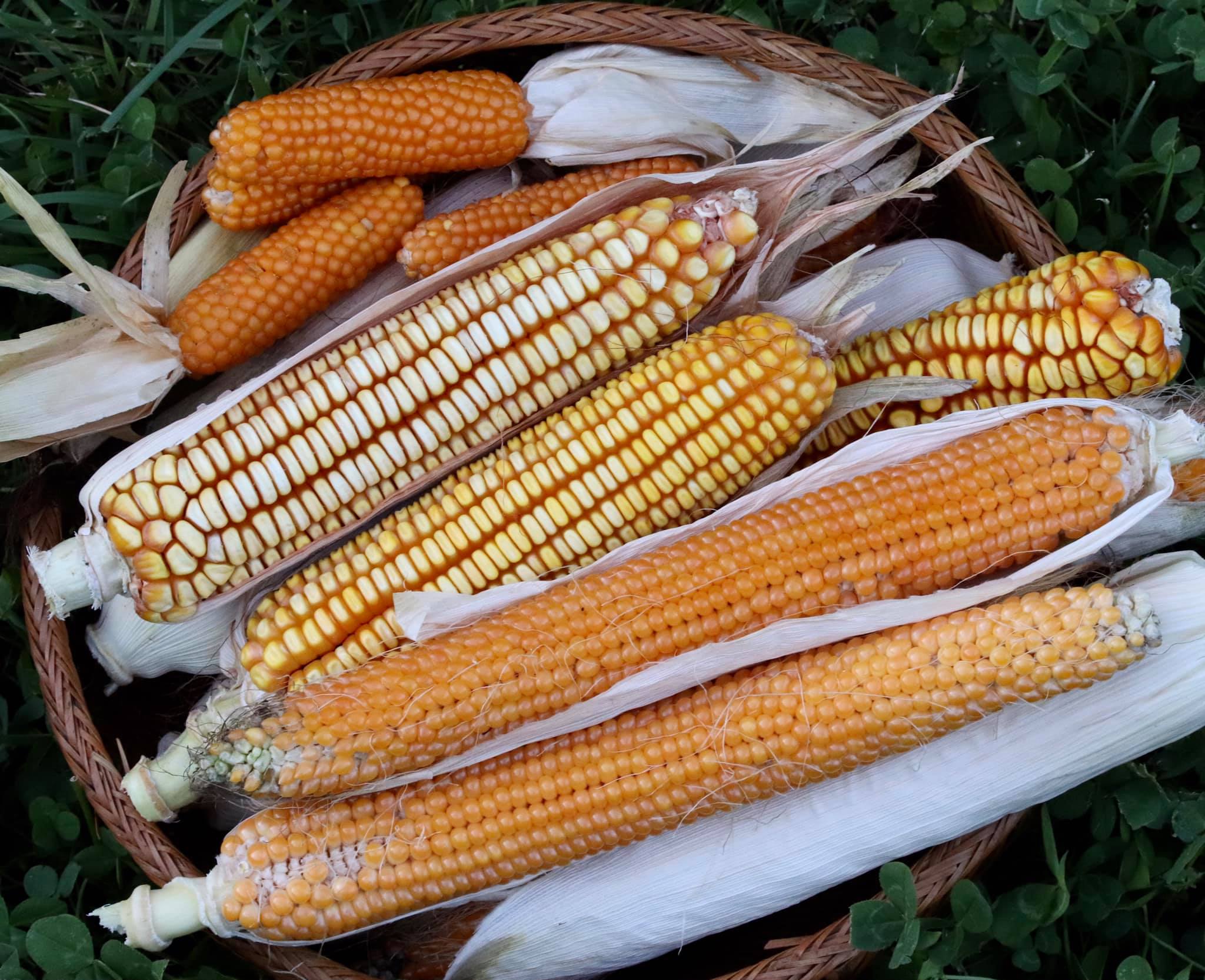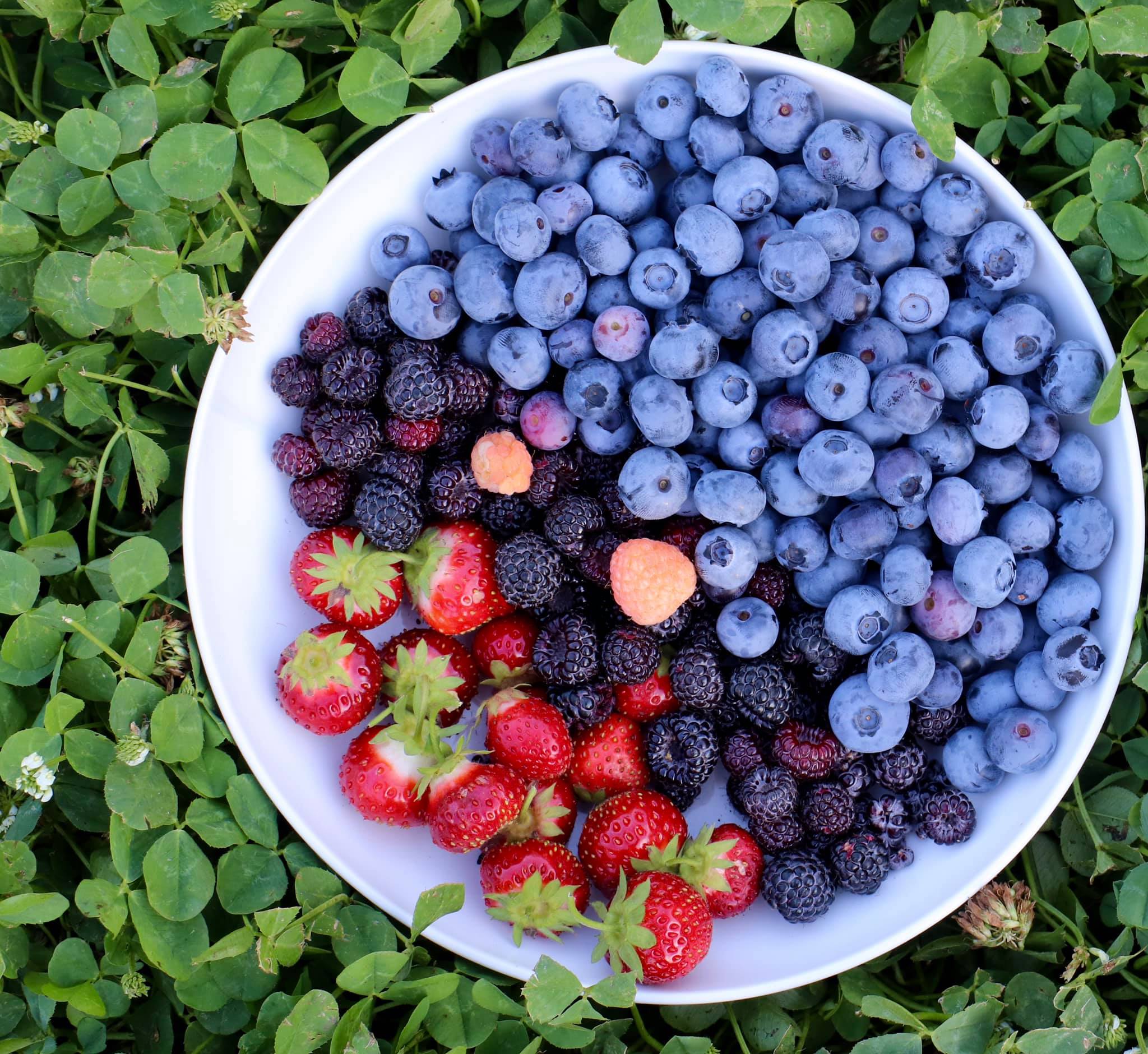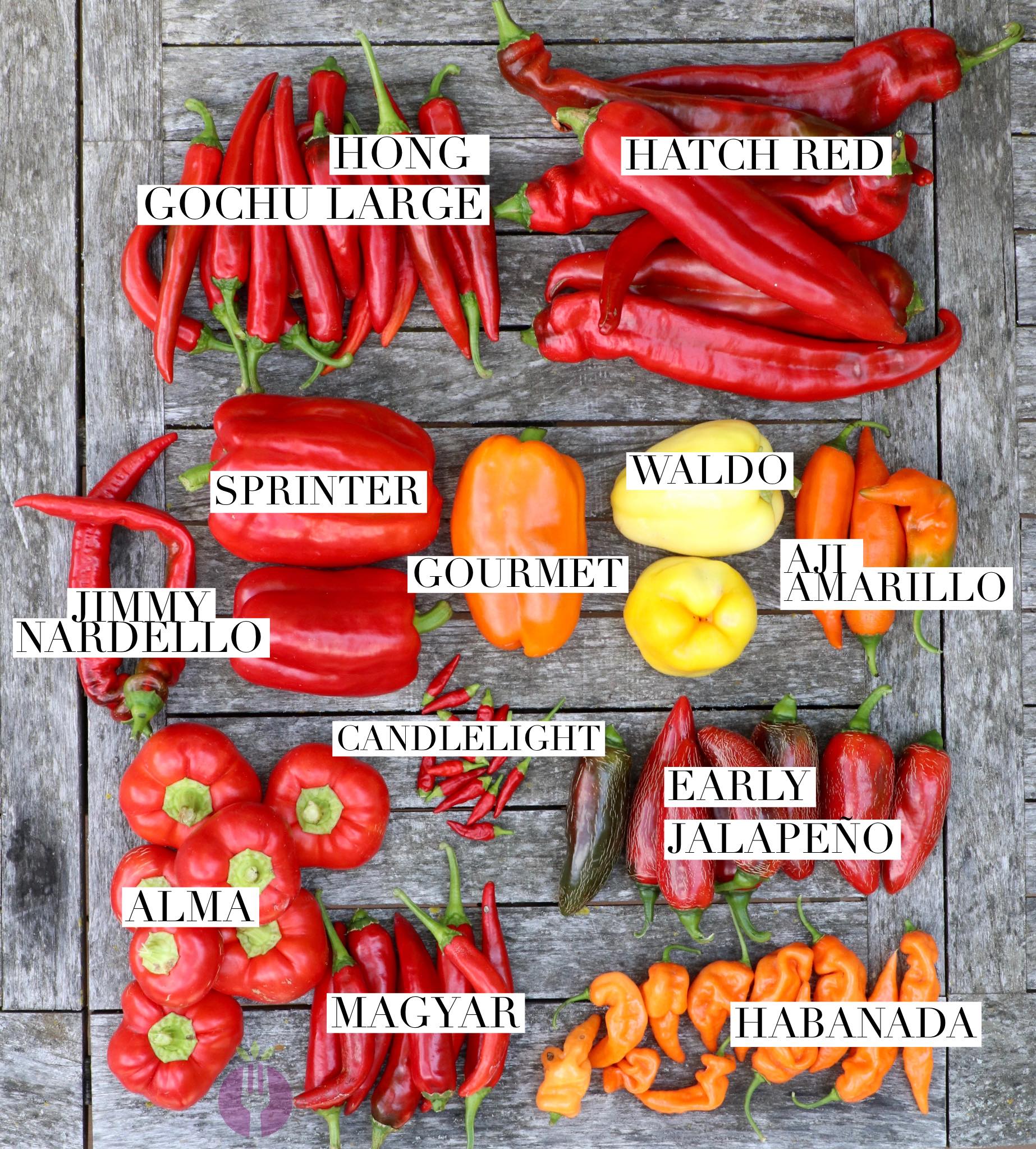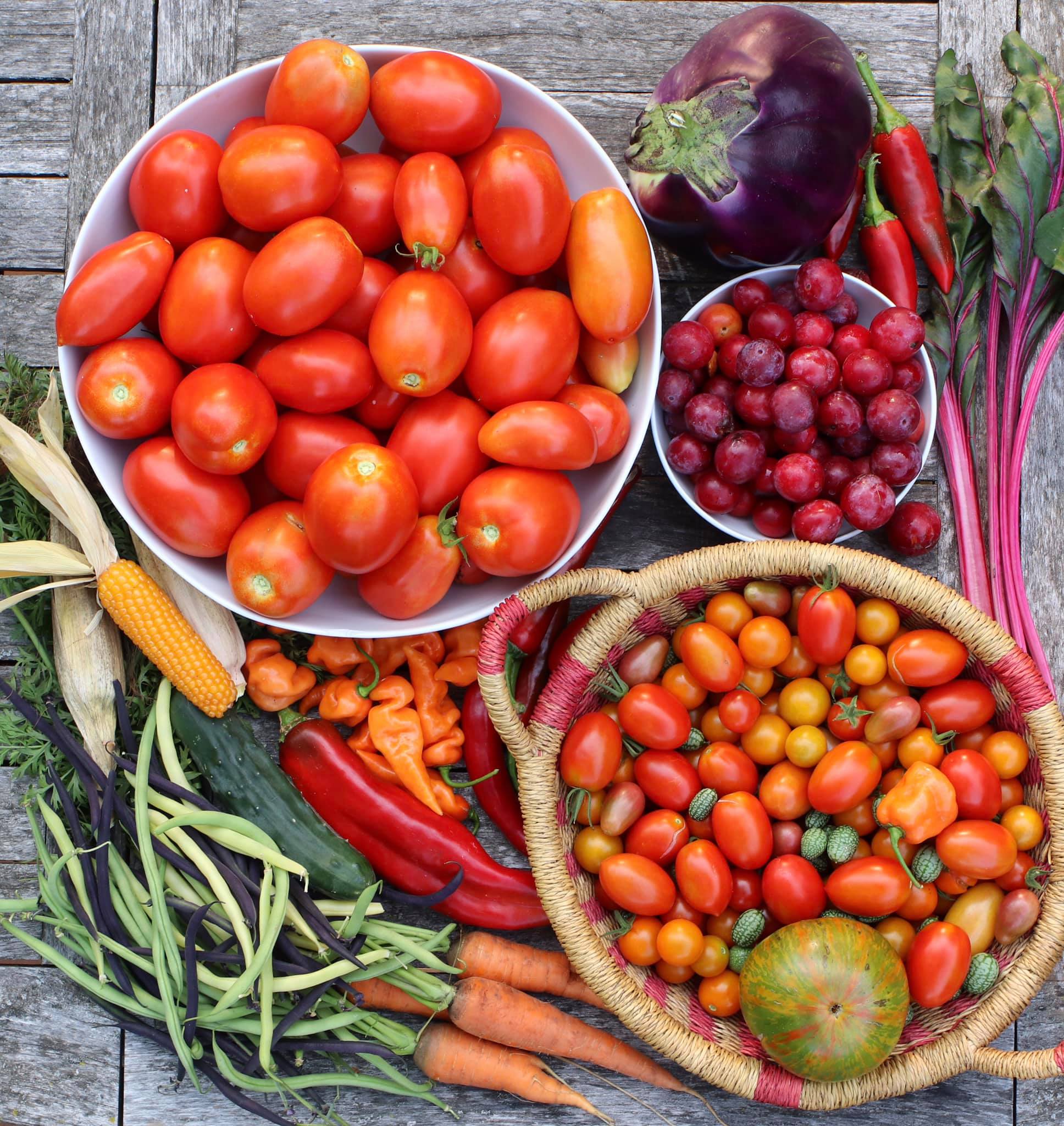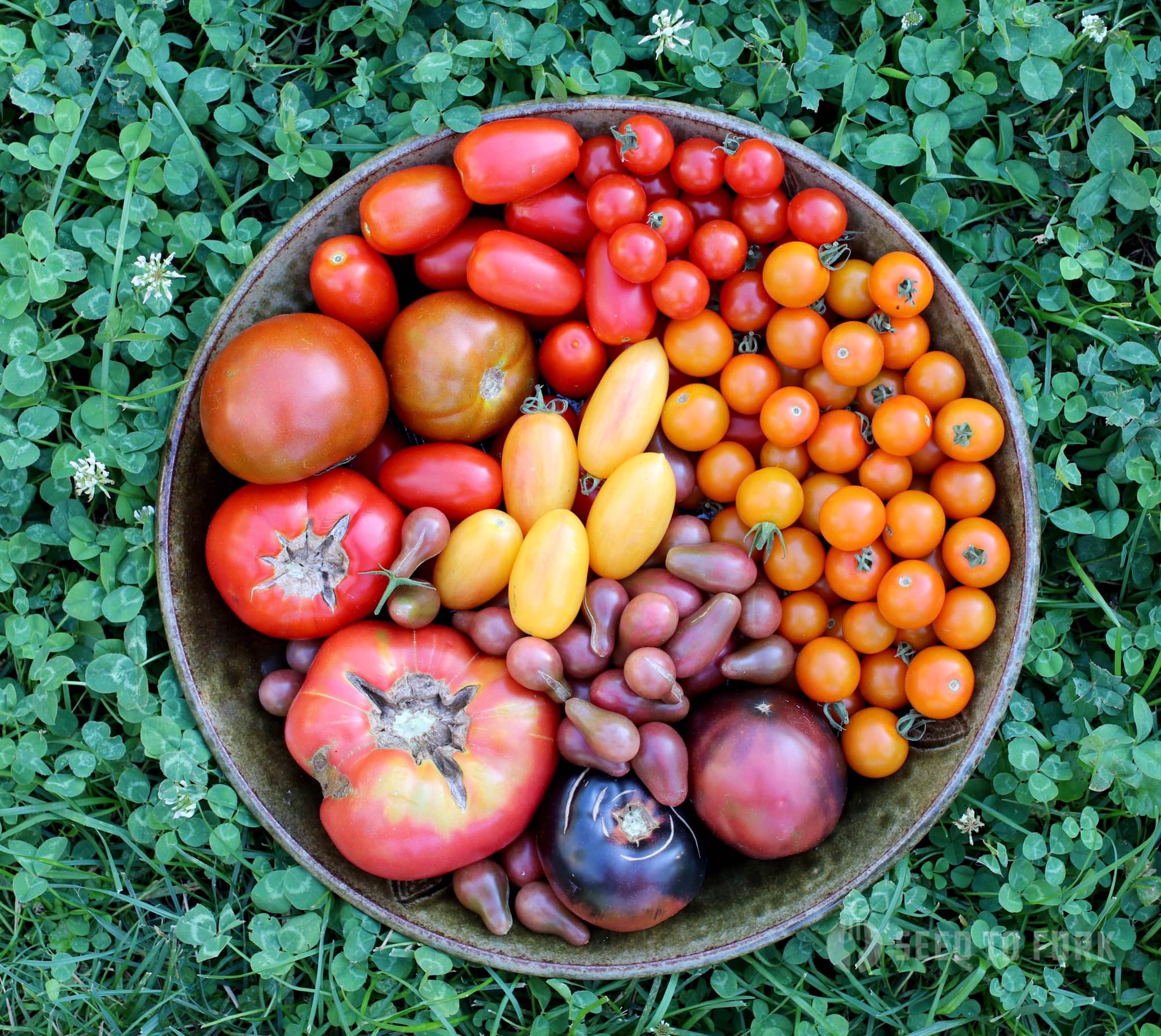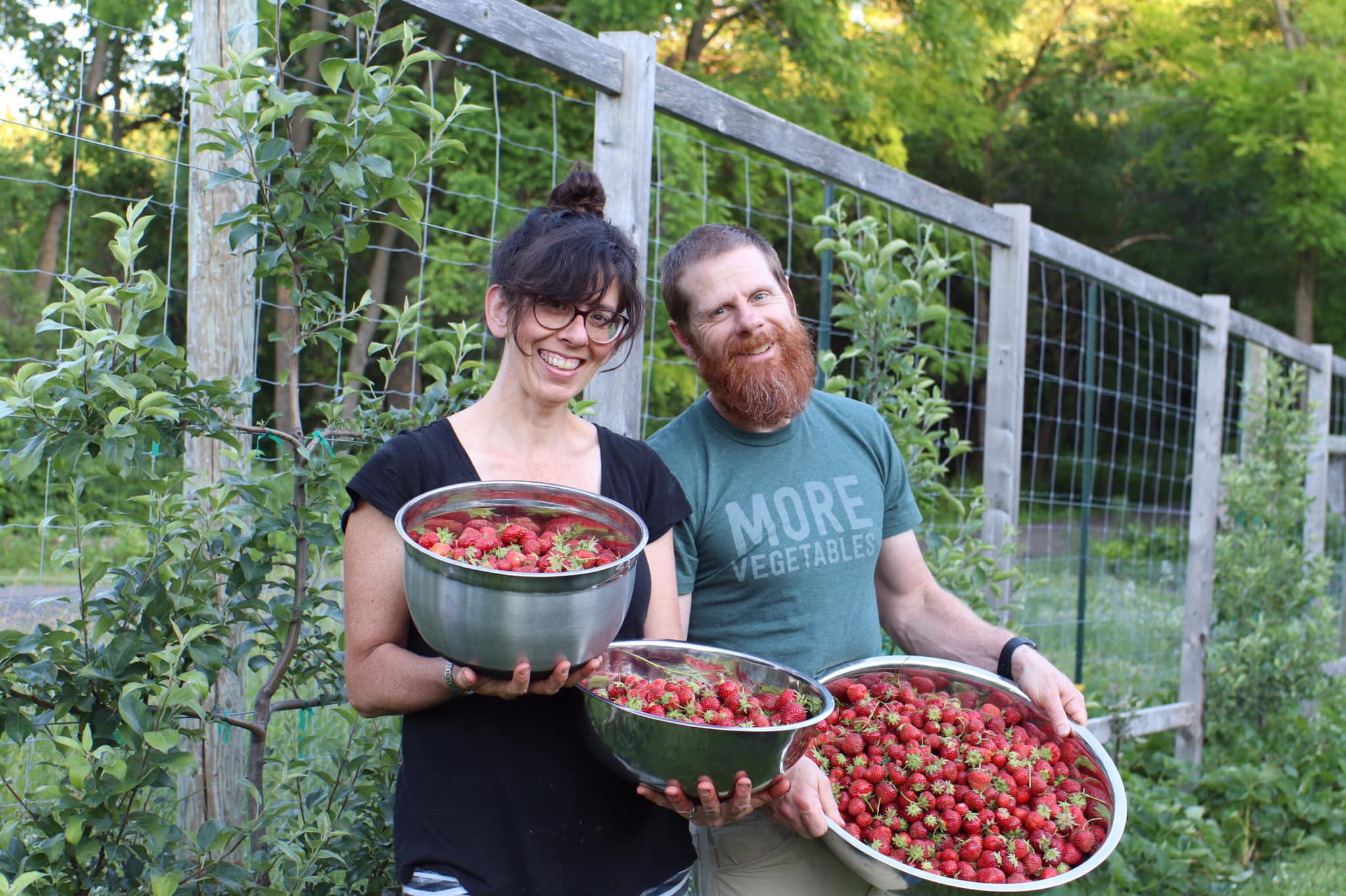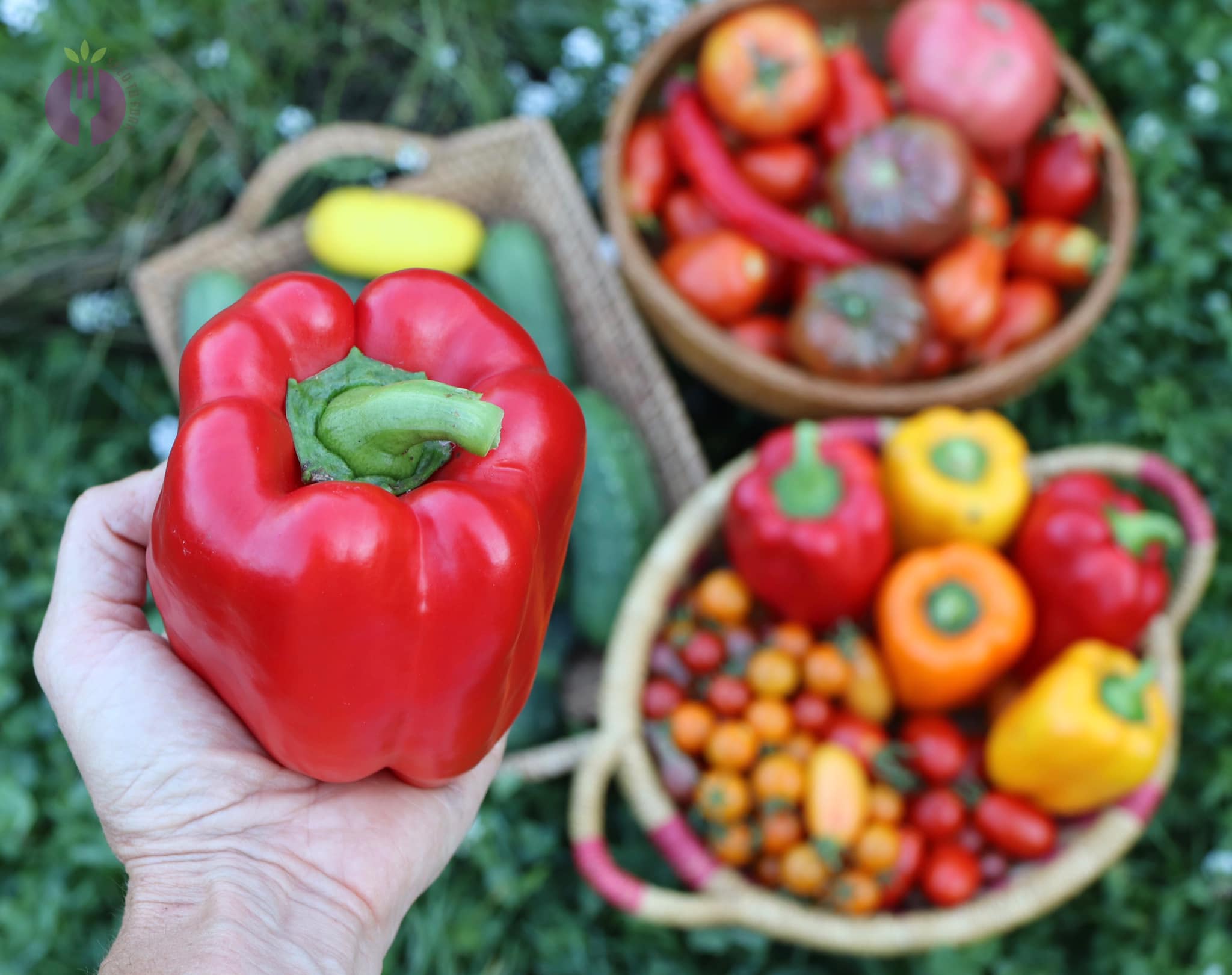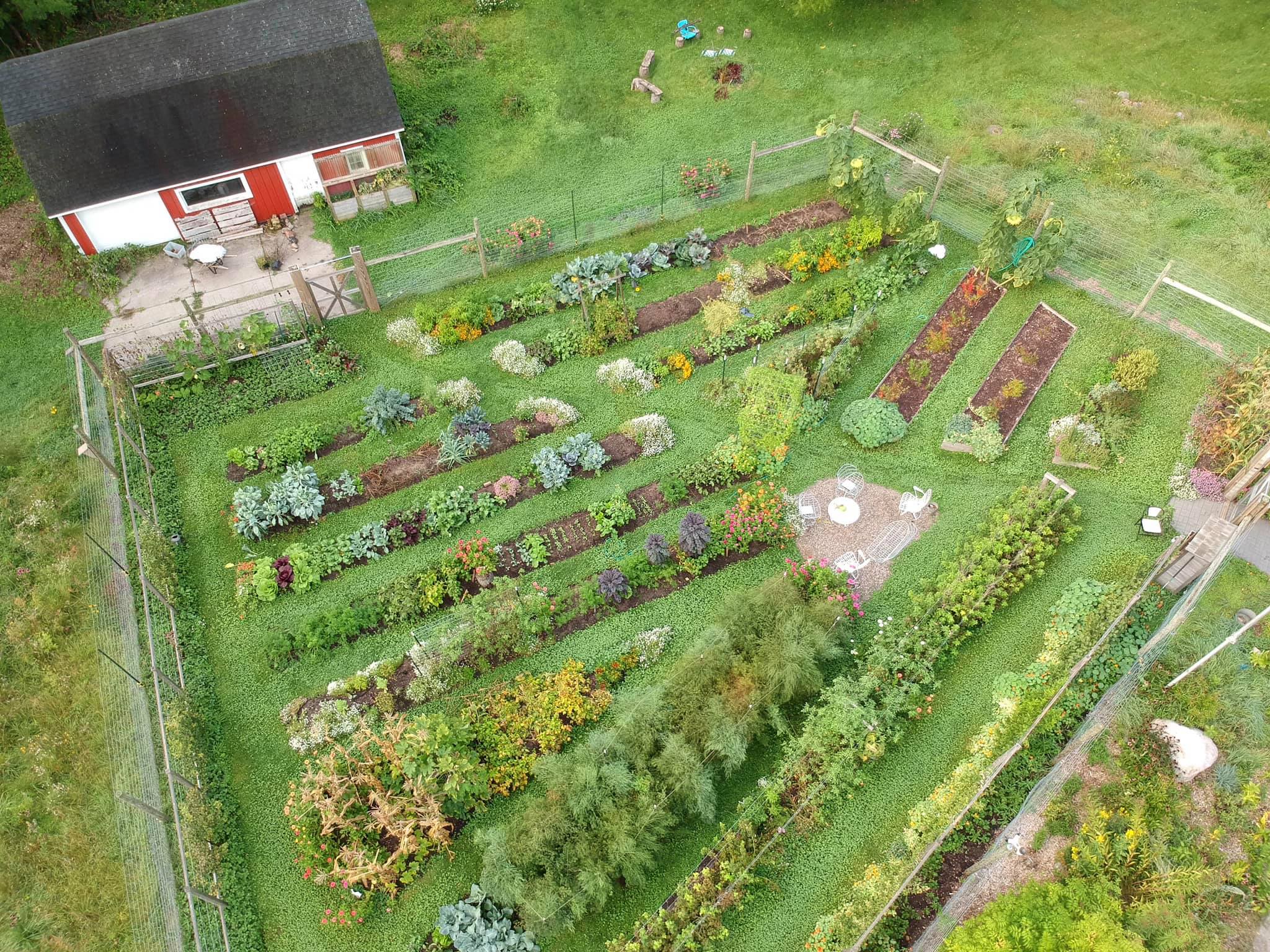
Meet Meg Cowden from Minneapolis, Minnesota, United States
“Ever since I was a little girl, I gravitated to nature. I spent my summers freely roaming the woods, playing in creeks, catching and releasing creatures. When I’m with nature, I feel complete. So I naturally gravitated back to nature in my early 20s in college. Houseplants were my ‘gateway’ plant that quickly led to summer flowers and then into growing food.
Food gardening is the perfect pastime, combining the beauty of nature with the basic practicality: we all need to eat. And plant families are diverse and beautiful, creating a lush and edible landscape like no other. And there is a lifetime of exploration of plant diversity that keeps the act of growing food new and exciting with each passing season. The more we grow, the more excited and passionate we become as we find new varieties, learn about new challenges, and are showered with abundance and self-sufficiency.
We grow in the western suburbs of Minneapolis, Minnesota, US on an 1/8 acre garden (2.75 acre property) with approximately 2500 square feet of raised beds, plus an espalier fruit orchard, perennial berries, and a large asparagus patch. The size of our current food garden is the same square footage as our entire former property in south Minneapolis including our home.
We grow a diverse array of annual and perennial foods and flowers, last count it was over 140 varieties of flowers and food just in the food garden. We also have a large portion of our landscape in native planted prairies which provides excellent wildlife habitat. Apples, pears, plums, apricots, elderberries, raspberries, blueberries, strawberries, rhubarb, and asparagus are our main perennials, with other native edibles scattered about the property at large. Annual vegetables include tomatoes, peppers, eggplants, ground cherries, lettuce, beets, peas, fennel, kohlrabi, broccoli, cauliflower, cabbage, bok choy, kale, mustard greens, leeks, onions, garlic, edamame, dried beans, snap beans, potatoes, carrots, radish, summer and winter squash, cucumbers, cucamelons, muskmelons, peanuts, ginger, dill, basil, and other herbs.
We are a no till garden. We did till initially to amend our native clay, but since then we only top dress with 1-2” of compost annually. It has been the best thing we’ve done. Weeds are minimal and the compost acts as both a mulch and nutrition, feeding the soil.
We source our seeds from many independent seed sources. We grow a mix of hybrid and heirloom/open pollinated varieties so our seed saving highly depends on the varieties we grow. Most of our brassicas are hybrids (excepting kale) while our beans are all open pollinated varieties, for example. We save and share what we can, and I started a local seed swap last winter in the Twin Cities which was a huge hit, and hope to continue it for many years to come.
The biggest hurdle is finding balance in the time of garden abundance in late summer, when the garden commands our attention, making the garden produce last as long as possible, and not running too ragged in the process. It’s a delicate tightrope walk, and every year I make small gains in living a more balanced life amid the harvest chaos.
The reward is daily, when we gather as a family to eat dinner together. For more than half the year, our dinners are filled with what we grew, even in late fall and winter. In fact, most of our daily dinners include at least one thing from our garden, in one form or another, even in late winter when it’s still snowing outside here. We are working to become more and more self-sufficient, and having such a large garden in which to play and work to become self-sufficient has been a blessing beyond our wildest dreams.
I am a local volunteer Master Gardener with my state university, and plan to become a Master Preserver next year to continue developing my homesteading education. As noted above, I am also involved in bringing our local community together for a seed swap in winter.
My motto is: Plant a garden. Feed your soul. At its most basic level, the garden will feed you. And I don’t just mean physically, but also emotionally, mentally, and spiritually. Food nourishes. Nature heals. Start with what’s right in front of you, and grow from there. Over 20 years ago, it was just a few buckets of tomatoes. As our passion grew, so did our life goals, and hence, our garden. Gardening is a lifelong companion, awaiting only your time and attention to love and generously feed you in surprising and wonderful ways.”
